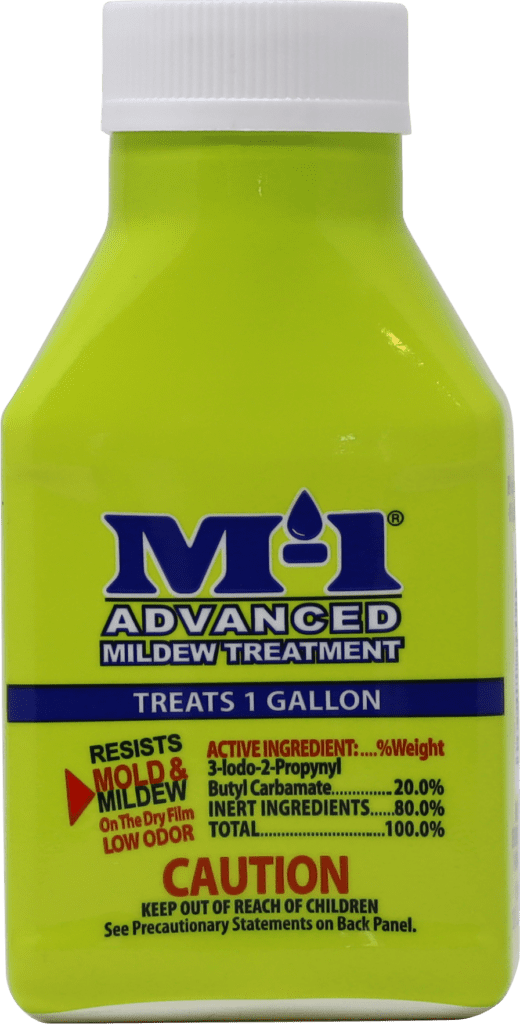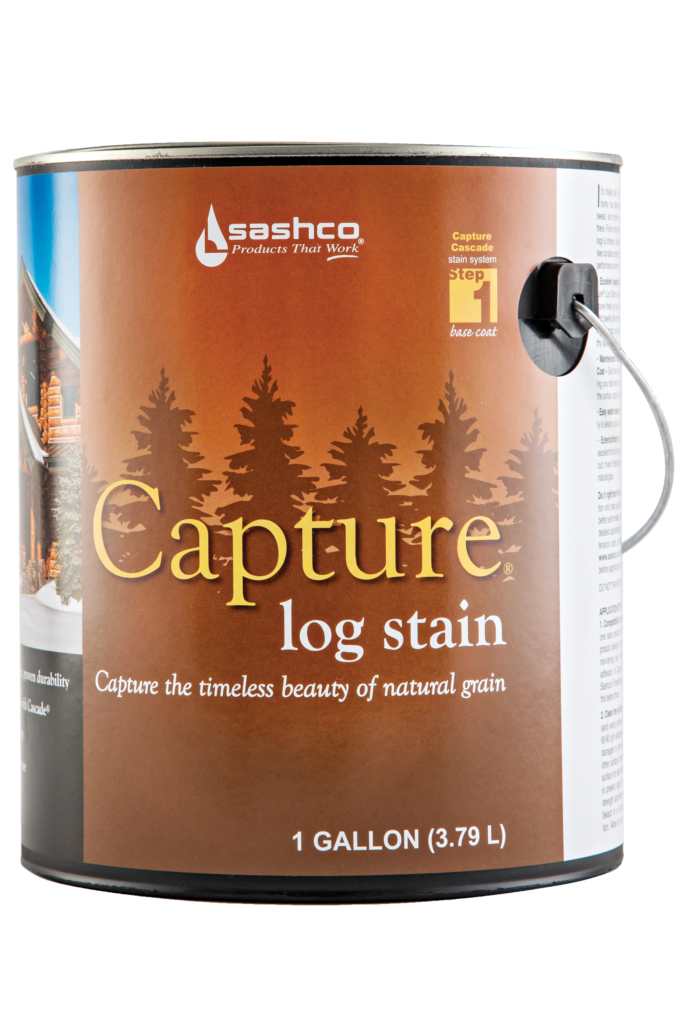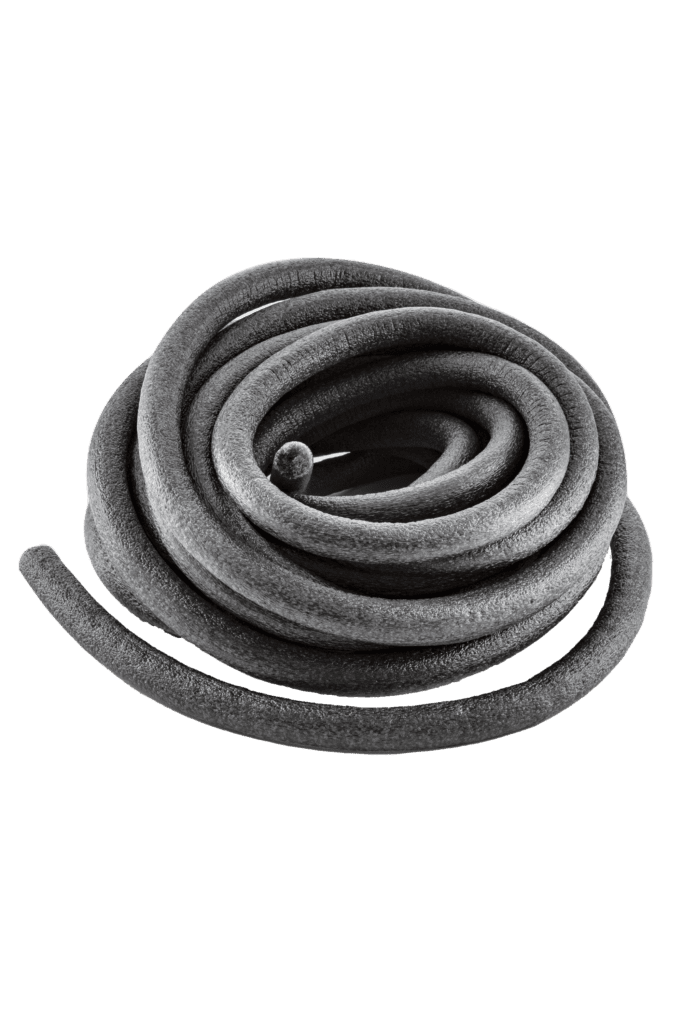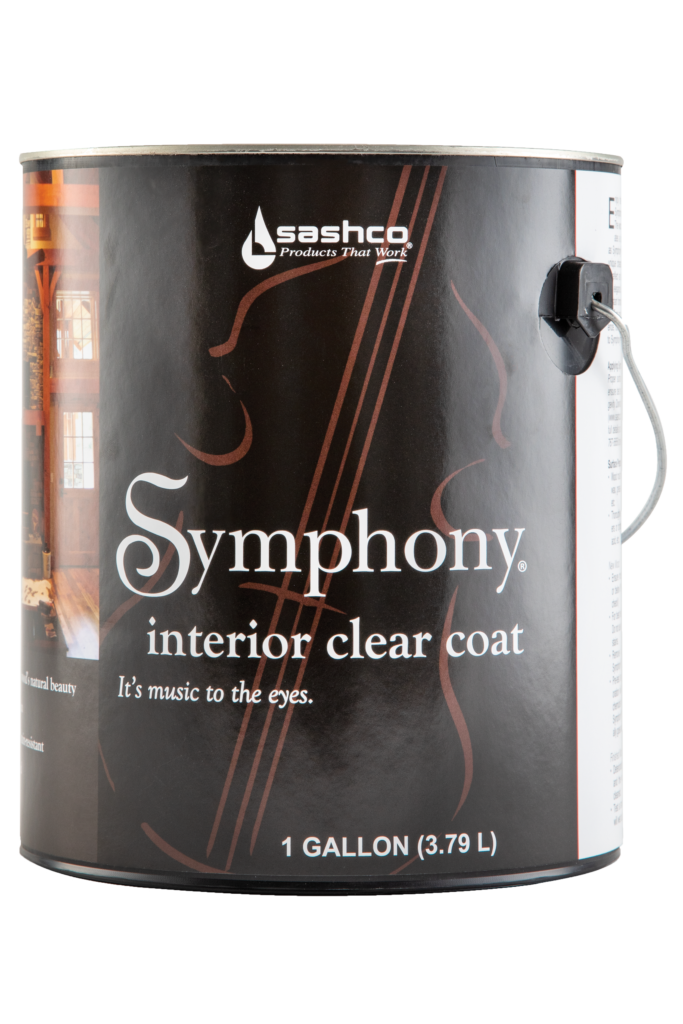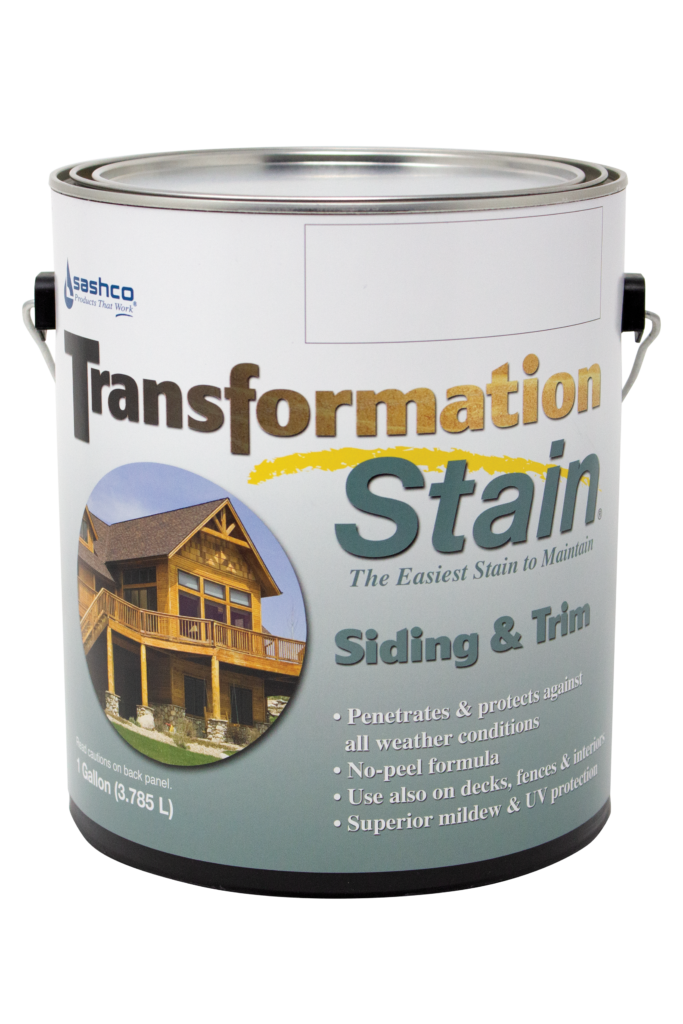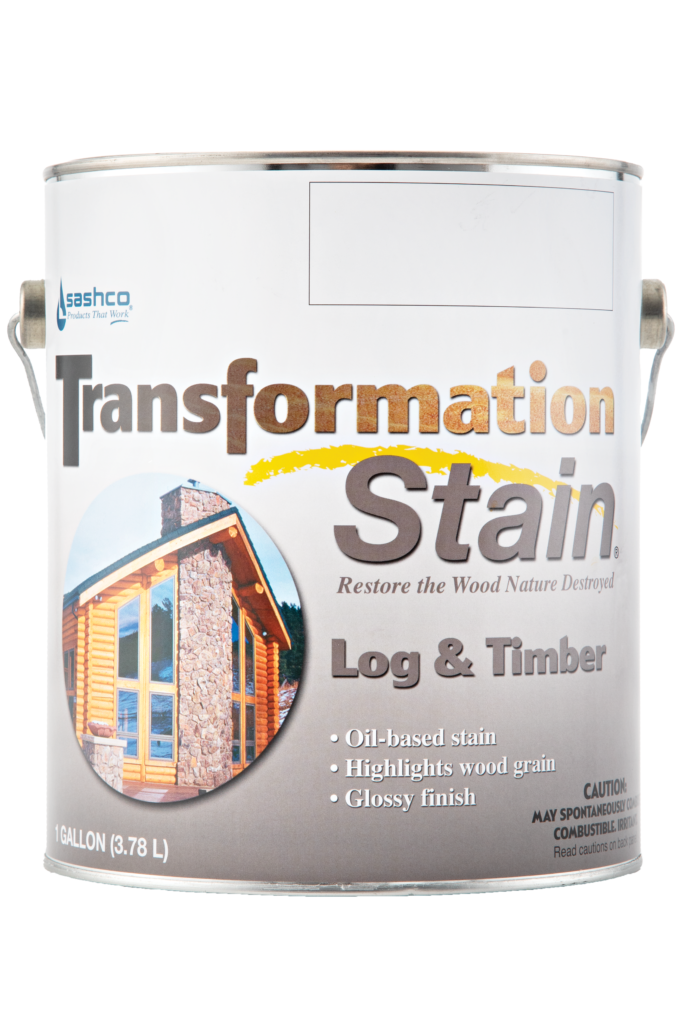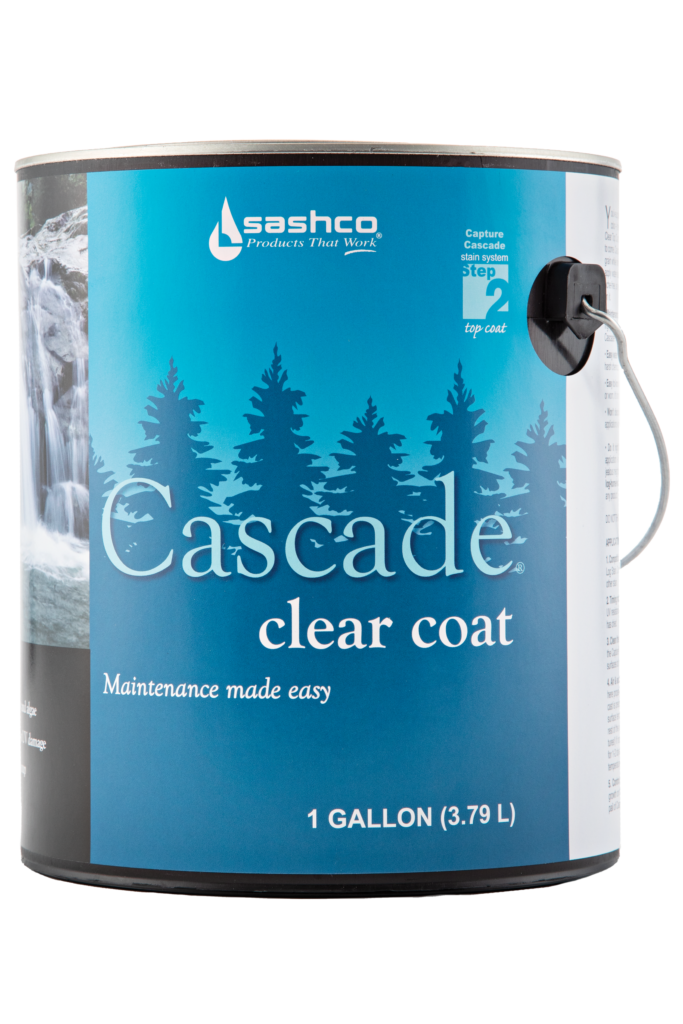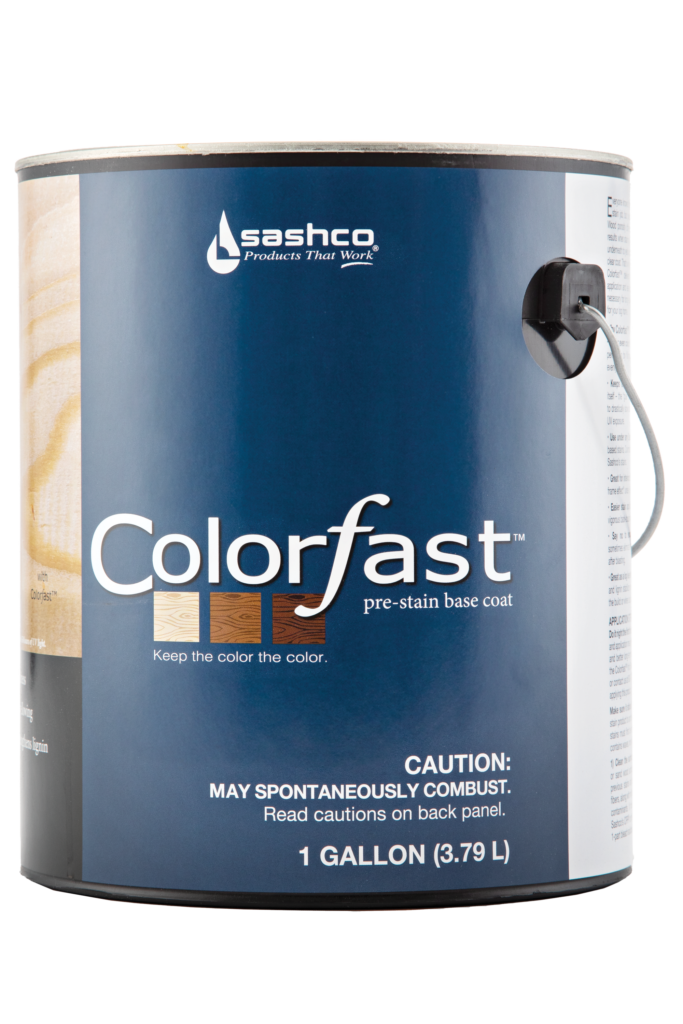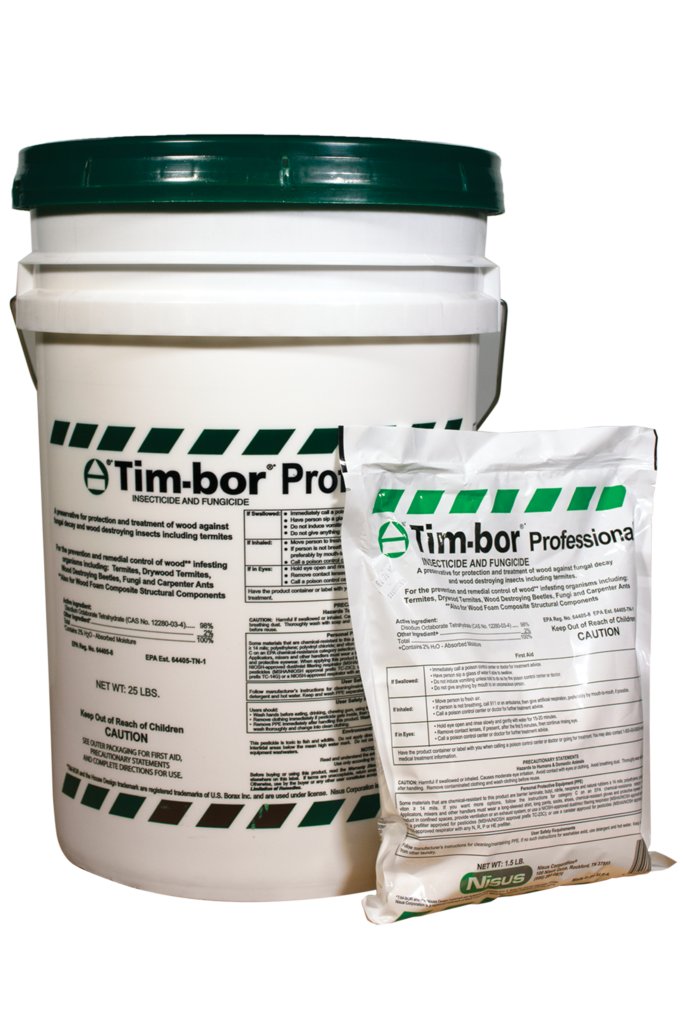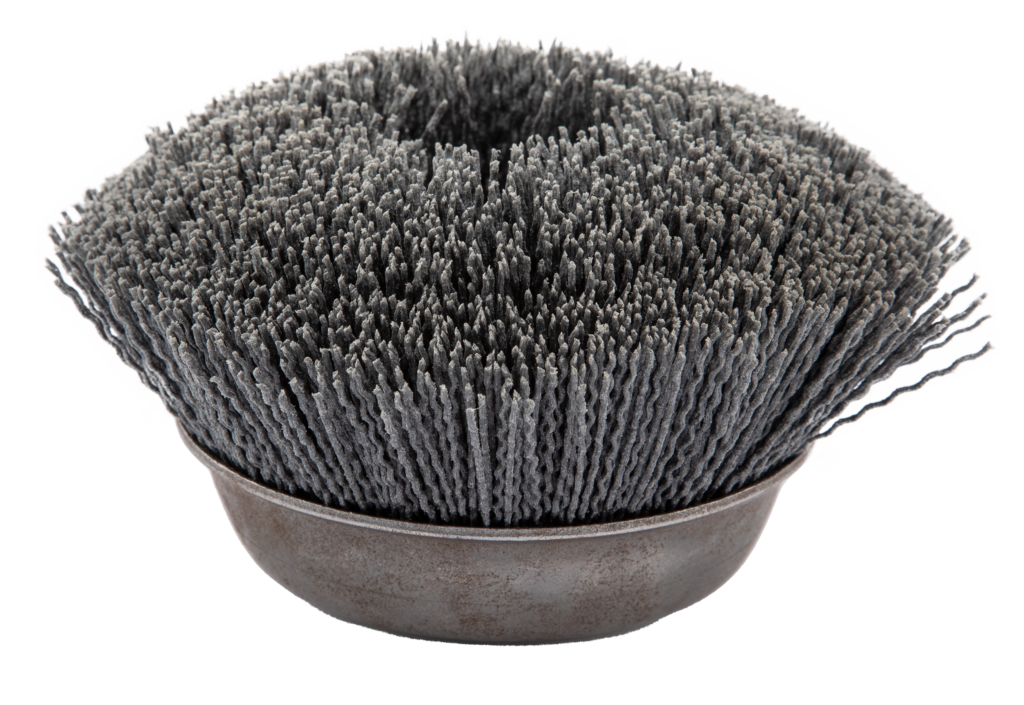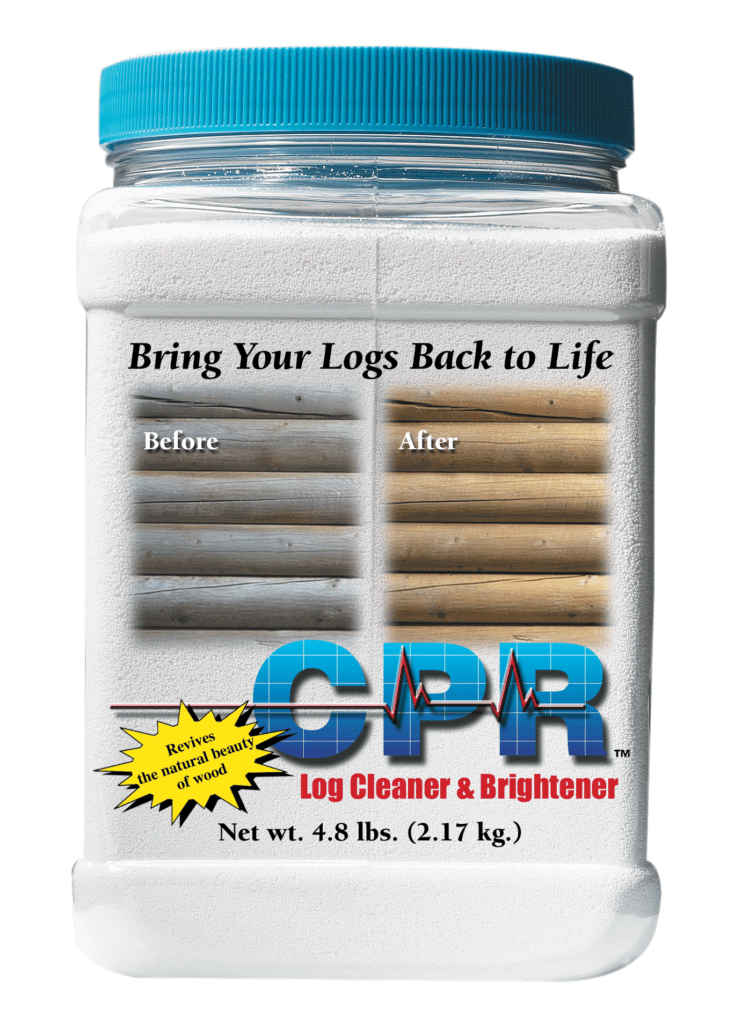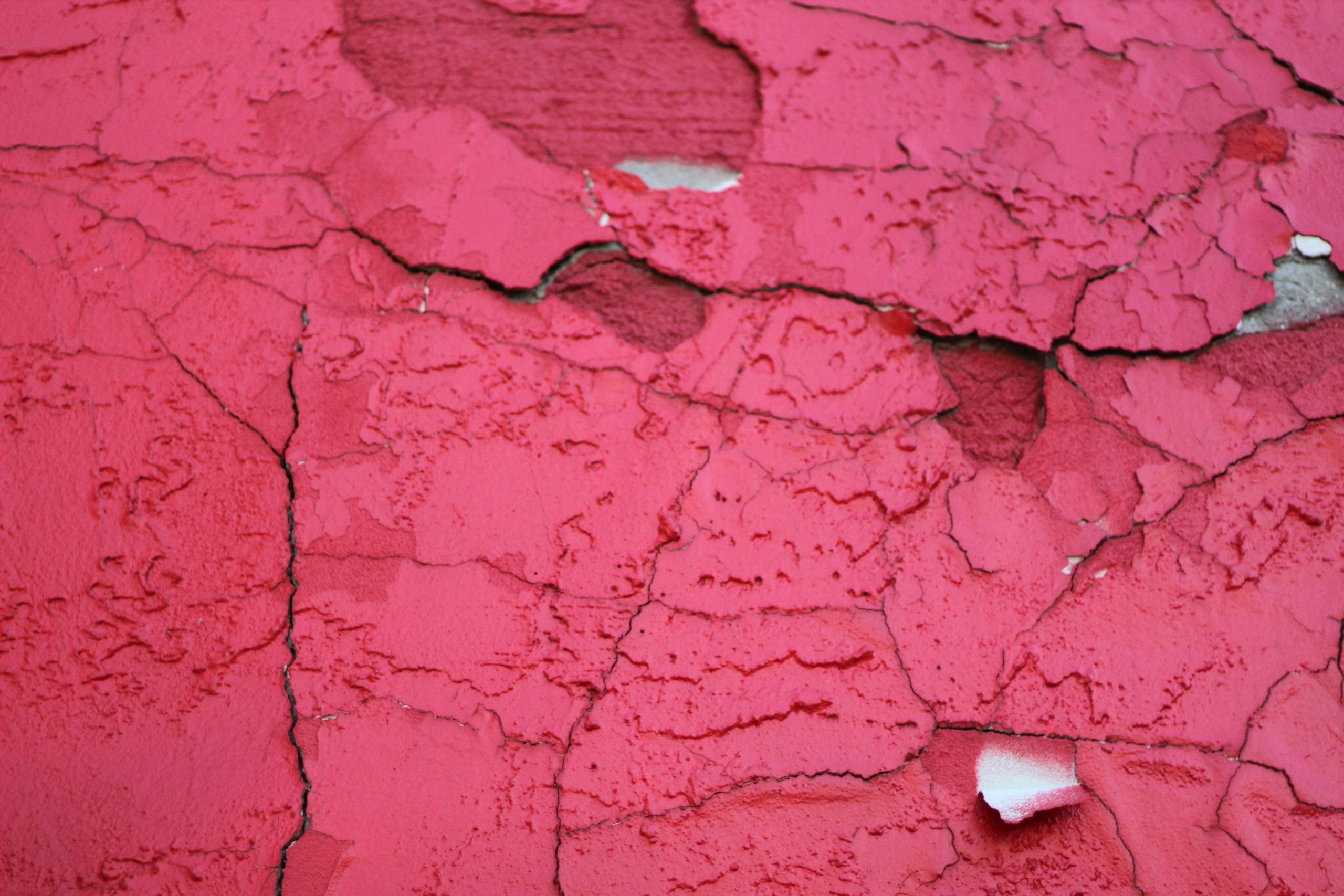
Painting Caulk: 6 Important Things You Must Know.
Finding the right caulk that checks off every box can be challenging. Painting caulk gets even more complicated. Before you buy, ready these six important things to know about painting over caulk.
To do an excellent job for your customer on a kitchen or bath job, you need a sealant that will last, hold up to moisture, and don’t take away from the aesthetic. Contractors are often forced to sacrifice when using a caulking product. Perhaps it has the waterproofing properties required for a job but can’t be painted to match its surroundings. So, what’s the solution? Can a paintable, water-resistant caulk with superior elasticity meet all your needs?
Typically, you’ll have to choose between latex, which is paintable and easy to tool, and silicone, which has good adhesion and water resistance. Neither of these covers all the bases, but we have good news for you. There are new technologies that offer a better way.
Using Acrylic-Latex Caulk
The most significant advantages of acrylic-latex caulk are that they are easier to clean up and paintable when the job requires it. Acrylic-latex caulks dry quickly and is often inexpensive.
Where most latex caulks on the market fail is their performance under pressure (literally). When joints and gaps are subject to changes in temperature or weight, they expand and contract. They lack elasticity and stretch. Over time, regular latex products harden so that, instead of bending with the gap, they crack or pull away from the substrate and break the seal. When this happens, the caulk becomes useless and has to be scraped out and reapplied.
Silicone Caulk
You might be used to the complications of applying or reapplying silicone. Lack of scraping away at old caulk residue, applying the silicone carefully to keep the finished project looking good, not being able to paint it, and crossing your fingers in the hope that it won’t yellow over time, which would require painstaking removal. For a product that’s been around for decades, silicone surely does come with many complications for both the contractor and the crew.
You Can’t Paint Silicone — Period.
Silicone’s inability to be painted can really hamper the potential for a well-designed project. It typically comes in clear or white, which doesn’t always match a room’s overall design or aesthetic. You’ve probably debated with your team about using paintable acrylic or more flexible silicone since finding the best of both worlds seems impossible. You also might have tried to paint silicone caulk before, and while oil-based paints can appear to cover the caulking when initially applied, it begins to flake and peel right off the surface once dry.
Silicone also tends to leach plasticizers, the compounds that allow it to stay flexible. This occurs after the silicone cures and interferes with nearby paint’s ability to adhere to other porous substances like siding. All in all, silicone makes painting a no-go.
When it comes down to it, silicone technology is outdated. Silicone does not adhere to all surfaces. It lacks elasticity. If repairs are needed, you have to scrape it out and reapply. The “zipper” effect can cause joints to tear out. It doesn’t hold up to scouring pads or strong cleansers, making it difficult for the homeowner to clean. Fortunately, there are newer, better-performing technologies on the market that are easier for your team to work with and better for design. In particular, we’d like to recommend copolymer-based rubber sealants, which adhere to almost anything, just like silicone, and are also (wait for it) paintable.
So What do You do When You Need a High-Performance, Custom-Color Waterproof Sealant?
When you need a sealant that does the job without sticking out like a sore thumb from your project’s color scheme and design, consider a copolymer-based rubber sealant. This type of sealant is entirely waterproof (in fact, it can even be applied to wet surfaces!) and is just as flexible as silicone. Unlike silicone, it’s also paintable. Paint can even help extend the lifespan of the copolymers, ensuring a job that lasts and looks terrific.
Cure Time
The only limitation of using copolymer-based rubber sealant for a job is when you’re using oil-based paints to finish the project. These sealants cure by releasing solvents during their cure time, which lasts for an extended 10-14 day period. If the sealant is painted before it releases all of these solvents, it will interfere with the cure time of the oil-based paint. However, if you can work on a timeline that allows the sealant to cure after application for up to 14 days before you come back to paint it, you won’t have a problem.
Lexel is the Paintable Solution for Interior and Exterior Jobs
Our copolymer solution for contractors who face the woes of silicone is Lexel®. It’s a high-performance, paintable sealant made from copolymer-based rubber with adhesion and elasticity, making it the best sealant for any application.
Lexel® seals around anything and can be used for exterior and interior jobs, making it an ideal all-purpose product to keep around. Use it for tubs and shower stalls in your bathroom and kitchen sinks, countertops, window frames, door frames, siding, brick, PVC, and metal pipes.
We engineered Lexel® to work for both inside and outside applications in places where long-lasting elasticity is critical. It has maximum stretch for joint movement without becoming unstuck or cracking. You can even apply it to wet surfaces. It won’t budge or discolor from harsh cleaners, scrubbing, or prolonged sun exposure.
Lexel® fills the performance gap that exists between commonly used caulk products today. It’s tough, and it looks good. Its seal is 19 times clearer than silicone and won’t yellow over time. Best of all, you can custom-match the color on the job to blend right in.
We think that Lexel® is the new-and-improved standard for a tough elastic sealant that can get almost any job done. It does everything that silicone does and more. It’s sticky and fearless in any extreme weather or temperature, and its paintable ability allows you to customize it to match the color scheme and materials of the space.
